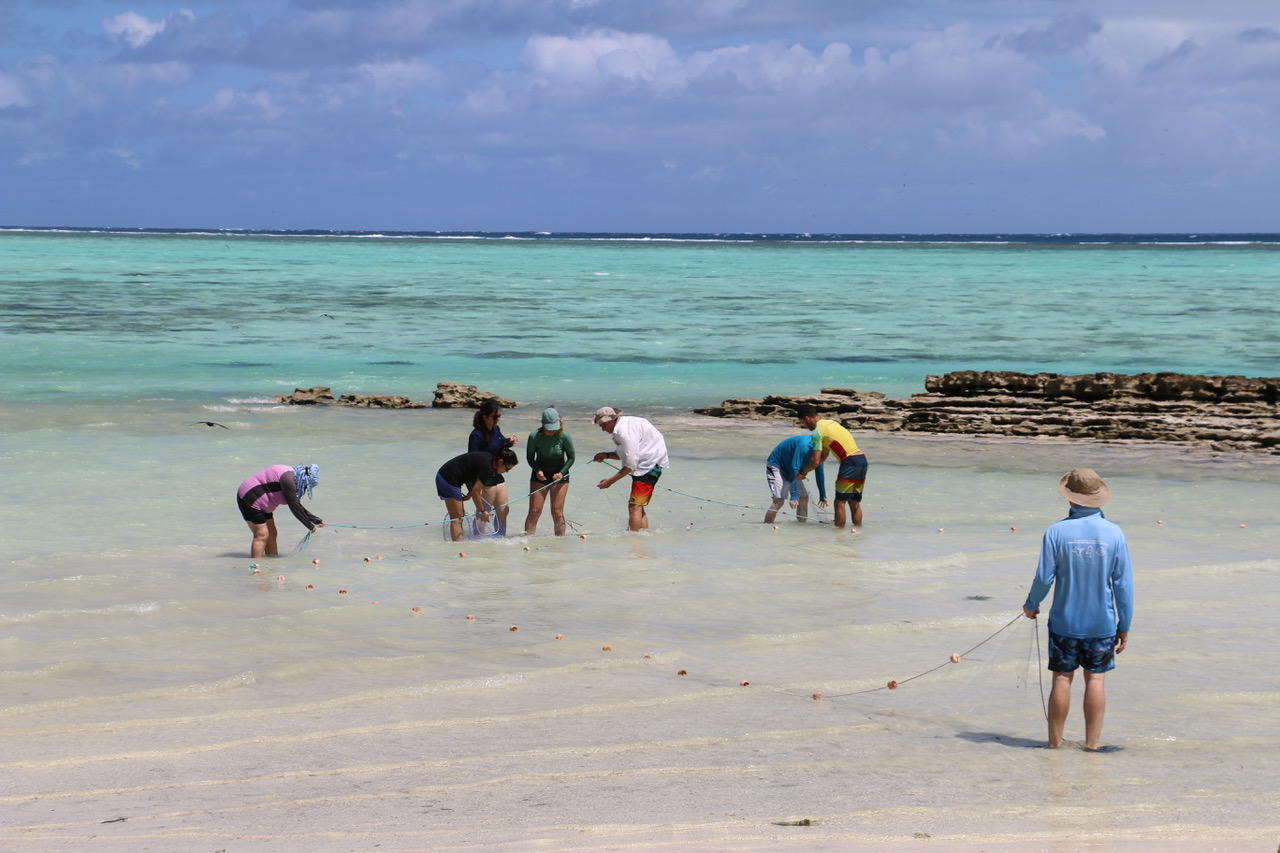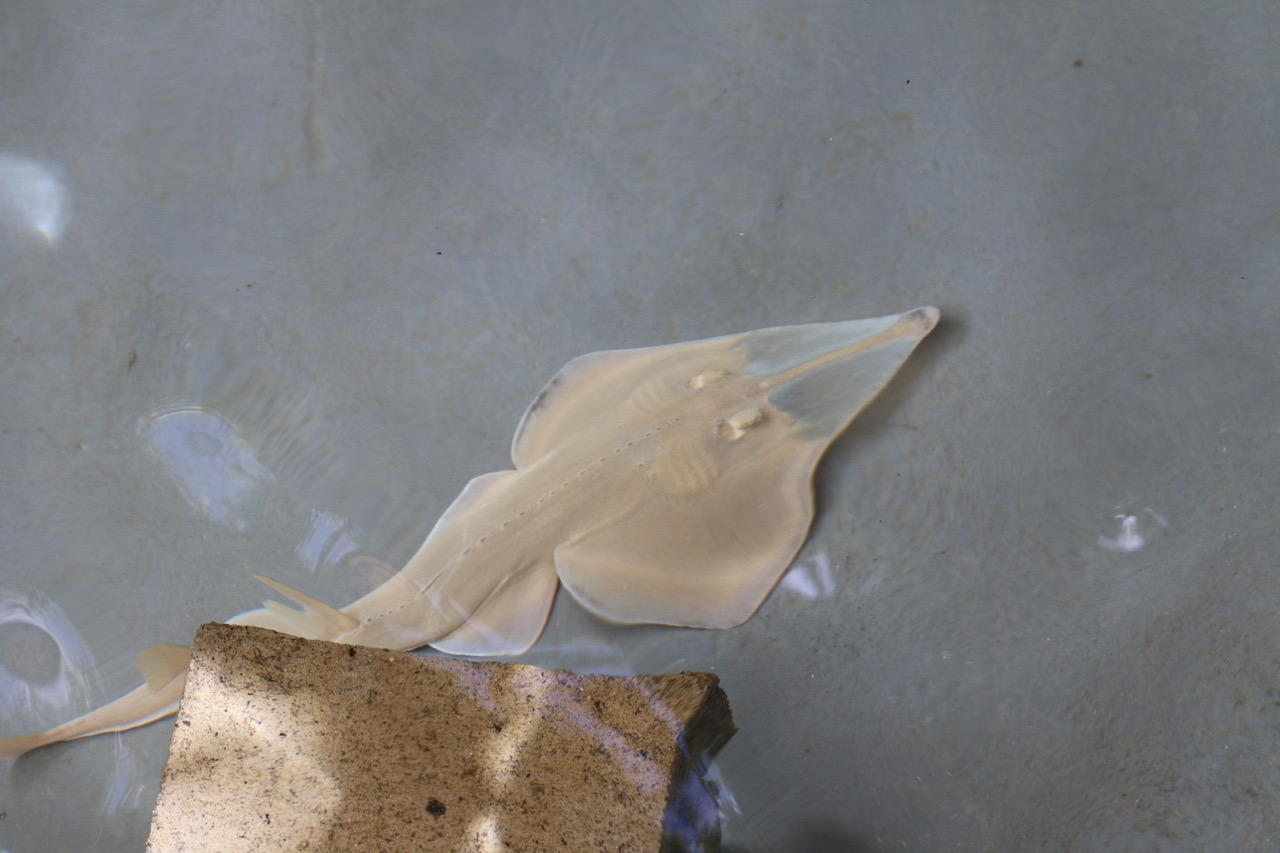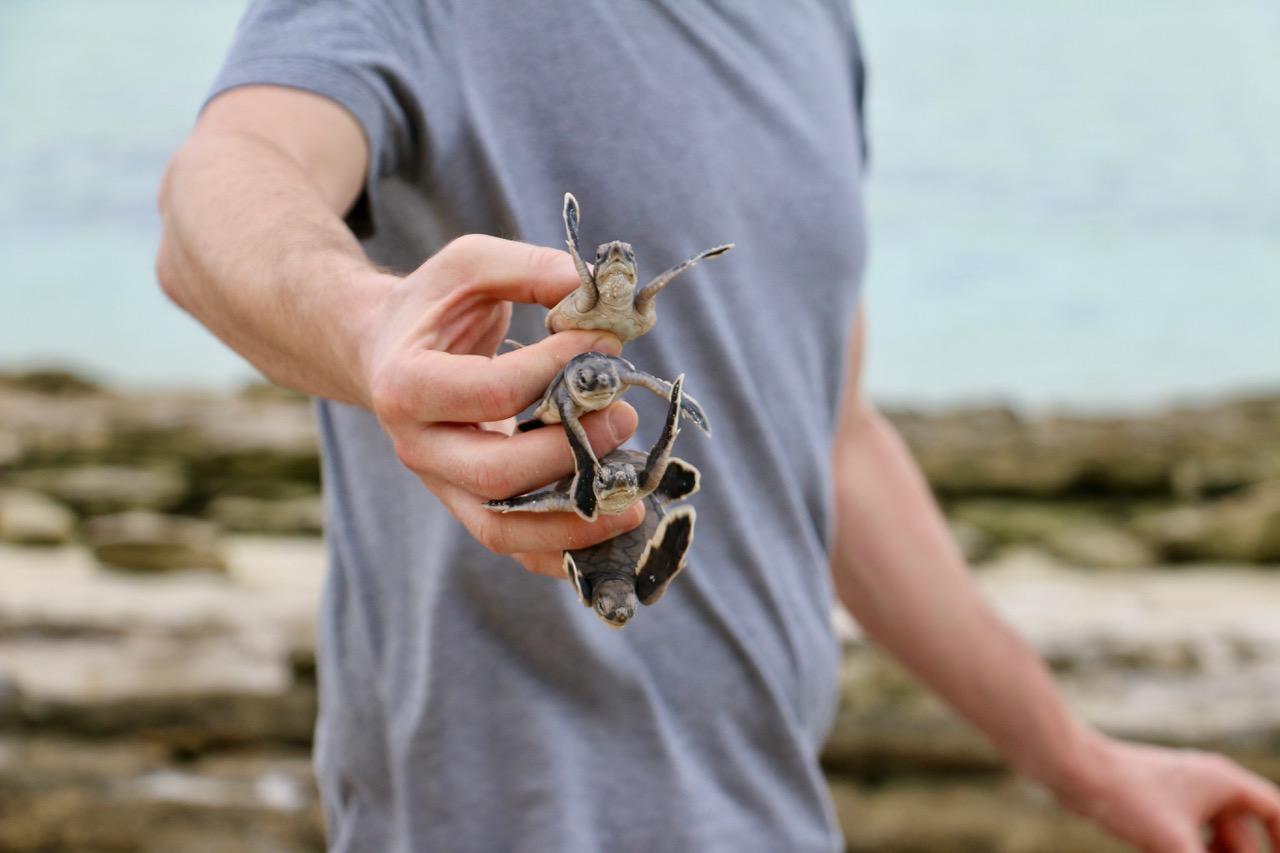Hypoxia — a condition marked by low oxygen levels — poses a serious challenge for most living organisms. From plants and animals to micro-organisms, few can survive in low-oxygen environments. Many hypoxic habitats are aquatic, and as global temperatures rise and oceans’ oxygen levels drop, understanding how fish adapt is increasingly vital for both species’ survival and ecosystems’ stability.
While scientists have extensively studied the metabolic, respiratory and cardiovascular adaptations that allow some species to thrive in low-oxygen environments, the impact of hypoxia on the immune system remains largely unexplored. Professor Matthew Pamenter is now addressing this gap. He’s leading pioneering research into the link between hypoxia and the immune systems of fish, in partnership with experts in New Zealand and Australia.
Professor Pamenter’s interest in hypoxia began during his PhD at the University of Toronto, where he studied tolerance to complete loss of oxygen in turtle brains. His postdoctoral work in California and British Columbia expanded his focus to include stroke-induced cell death and brain adaptations in rodents. Today, his research centres on how low-oxygen conditions affect fish immune systems.
“One of the big questions we’ve been exploring in my lab is how hypoxia impacts immunity,” says Pamenter. “Many hypoxia-tolerant species lower their metabolic rate in low-oxygen environments to conserve energy, but immune responses are energetically demanding. We want to understand how animals adapted to these environments balance energy use and immune function — especially as these conditions could become more common in Canada’s waterways.”
To explore this, Pamenter embarked on a major international collaboration with professors Tony Hickey (New Zealand) and Gillian Renshaw (Australia). Their project is called Exploring How Climate Change Impacts the Intersection of Immunity and Temperature in Hypoxia-Tolerant Pacific Fish and Sharks. Together, they’re studying how climate change might alter immune responses in fish species that live in low-oxygen waters.

By exposing these species to hypoxic conditions and analyzing their immune responses, the researchers aim to uncover the biological mechanisms that allow some fish to withstand these harsh environments. Their findings could inform new strategies to protect species along Canada’s warming coastlines from the expanding reach of aquatic hypoxia.
Professors Hickey and Renshaw bring decades of experience studying these fish, offering vital insights into their physiology, behaviour and ecology. “Their deep knowledge of how these species’ mitochondria and cardiac systems respond to hypoxia gave us a strong scientific foundation,” notes Pamenter.

This collaboration also provided access to unique facilities, including Heron Island Research Station on Australia’s Great Barrier Reef. There, the team was able to study protected species in their natural habitats — an opportunity that wouldn’t have been possible without international support.
The project is funded by NSERC through its Alliance International program, and by the Royal Society of New Zealand Te Apārangi. These investments have allowed the team to extend the project timeline, expand the scope of the research and involve more students and postdoctoral researchers. “The funding has been crucial,” says Pamenter. “It enabled us to grow the team and tackle a broader range of questions, deepening the impact of our research.”
The implications of this research are far-reaching, particularly for Canadian fisheries. Understanding how hypoxia affects fish immune systems can help inform management practices to support the health and sustainability of key species, such as salmon in British Columbia. These insights are especially important for ensuring food security in Canada, including in Indigenous communities and other regions that depend heavily on fishing.
Although the research has already produced valuable findings, this is only the beginning. Each discovery sparks new questions and opens fresh paths for exploration. With strong international collaboration, dedicated funding and a shared commitment to advancing knowledge, the team is working to uncover how fish can survive — and even thrive — in an increasingly oxygen-poor world. Together, they’re tackling urgent ecological challenges with global significance.
Read more
